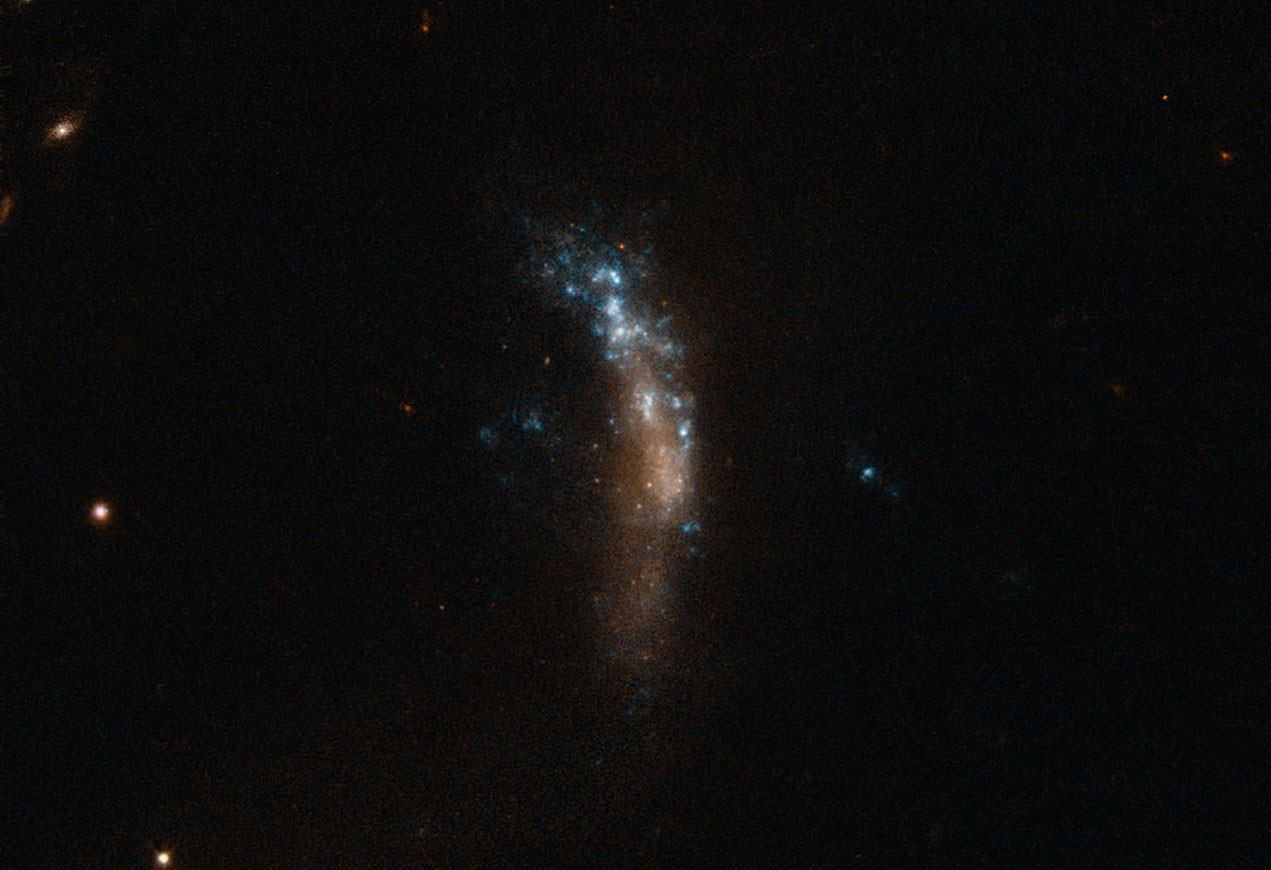
Continue reading

Continue reading

Continue reading

Continue reading

Comets with a green glow don't have green tails, and a new set of lab experiments tells us why.
Continue reading

An international team of astronomers spotted the largest filament of hydrogen in our galaxy, which could offer tantalizing clues about how stars are born.
Continue reading

Continue reading

Continue reading

A international team of astronomers, using observatories all over the world (and one in space), discovered 70 new rogue planets - the largest sample ever!
Continue reading

Continue reading

Continue reading

New research has revealed previously unknown wispy structures in the Milky Way disk that could offer clues about the history of our galaxy.
Continue reading

The James Webb just deployed another important instrument - the aft momentum flap - that will keep the telescope steady as it makes its groundbreaking observations.
Continue reading

Using the Hubble Space Telescope, an international team of astronomers has spotted the magnetosphere of an exoplanet for the first time.
Continue reading

Continue reading

Continue reading

Continue reading

Astronomers have captured a radio galaxy that spans 16 Moon-widths in the sky.
Continue reading

Meteor showers, eclipses and a fine opposition of Mars top out astronomy 2022.
Continue reading

A new analysis of the fabled Bussard Ramjet shows that the spacecraft would need an impossibly big magnetic field to achieve interstellar travel.
Continue reading

Continue reading

Continue reading

Continue reading

The James Webb telescope might discover primordial black holes in the near future.
Continue reading

The GRAVITY collaboration just released the clearest images ever of the stars that orbit the supermassive black hole in the heart of our galaxy!
Continue reading

Continue reading

According to data obtained by ESA's Trace Gas Orbiter, it looks like there's plenty of water ice at the bottom of Valles Marineris on Mars.
Continue reading

Continue reading

Elon Musk has announced that SpaceX may start a carbon capture program as an eco-friendly way of creating propellant.
Continue reading

Continue reading

Continue reading

Researchers, with support from NASA, are developing software that will allow balloon-based aerial robots to explore Venus' atmosphere.
Continue reading

Continue reading

Continue reading

Continue reading

New research shows that cave and pits on the Moon range considerably in terms of temperature, which is vital knowledge for the creation of future bases.
Continue reading

Continue reading

Continue reading

A NASA-supported study by an international multi-disciplinary team has shown what Mars would be like if it orbited a red dwarf star.
Continue reading

Continue reading

Continue reading

Continue reading

Continue reading

Continue reading

Continue reading

Continue reading

A Sun-like star over 100 light-years away experienced a massive flare and ejection that would be devastating if it happened here.
Continue reading

Continue reading

Continue reading

Continue reading


















































